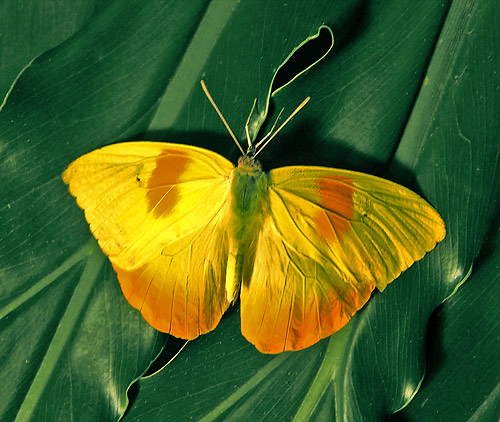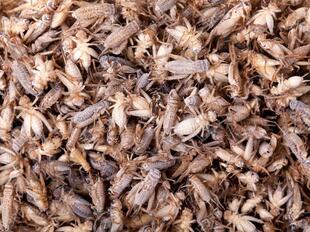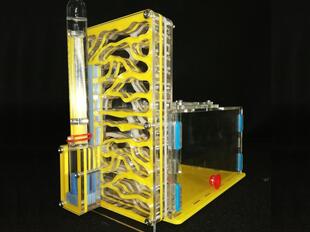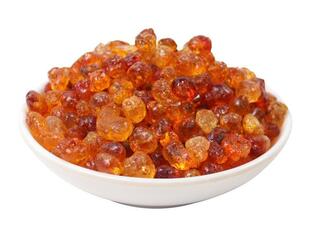
Phoebis philea(Phoebis philea)
Phylum —arthropoda
Class —insecta
Order — lepidoptera
Family —pieridae
Genus –phoebis
Appearance
The caterpillars are pale green, covered with greenish-black dots. On the sides there is a broad straw-colored stripe, above which there is a series of short blackish vertical stripes.
Phoebis phileahas a wingspread of 2.75 to 3.25 inches. It has distinguishing yellow and orange markings. The male forewing has a red-orange bar and the hindwing has an orange-red outer margin. Females are larger than the males and are dimorphic. One is yellow with an orange hue and the other is white. Both forms of the female possess a solid black cell spot and black smudges. The outer half of the hindwing on the yellow butterfly is red with an orange hue.
Habitat
Phoebis phileais a resident of the New World Tropics. It is specifically found in lowland tropical America and south on into Brazil. However, it can be an irregular vagrant in southern Texas, Colorado, Minnesota,Wisconsin, and Connecticut.
Behavior
It demonstrates daily activity. These butterflies often form very dense groups of dozens of individuals. If they are disturbed, the whole group takes to the air and whirls for a few minutes in a seething mass of fluttering yellow wings.
Phoebis phileamay migrate extensively. It is in flight for the majority of the year and is vagrant during mid- to late summer.
Diet
The larval foodplants are Partridge pea, senna, and clover.
Butterflies feed on nectar, preferring red flowers. Males are often found on wet ground, where they absorb moisture with minerals.
Reproduction
For their reproduction you need a terrarium with a size of 50 x 50 x 70 cm. Females lay eggs one at a time on the young leaves and flowers of the forage plant. The eggs are fusiform, yellow.It is better to keep the caterpillars in terrariums of 6-8 pieces, placing a pot with a forage plant in it.The temperature is 22-25 oC at the humidity of65-75 %. The pupa is pale yellowish-green, with a wing-shaped ledge highlighted in pale green, and a prominent pale green lateral line. The duration of the pupal stage is 7-10 days. Butterflies live 5-7 days.
In captivity
The mesh cage with a size of 50 × 50 × 70 mm is suitable for keeping butterflies. Room temperature is necessary. Daylight time is 12 hours. You can feed the butterflies with honey syrup diluted with boiled water in a ratio of 1: 10 or freshly squeezed orange juice.
 Russian
Russian
 English
English


















